I haven’t posted for a while, so I have a backlog of photos. Here are a few of them.
There was a nice shower over town a week ago (or so) that produced an almost complete rainbow.
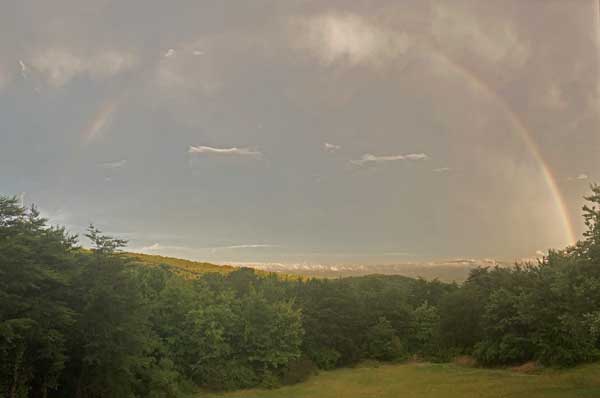
Later, some clouds got in the action.
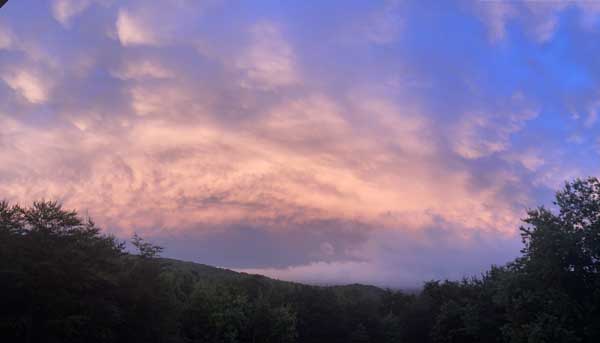
Some of the flowers in the flower bed beside our house were in bloom. The irises are impressive, but they don’t last too long. This is looking towards the thick tangle of trees across the driveway. The crape myrtles are just starting to bloom.
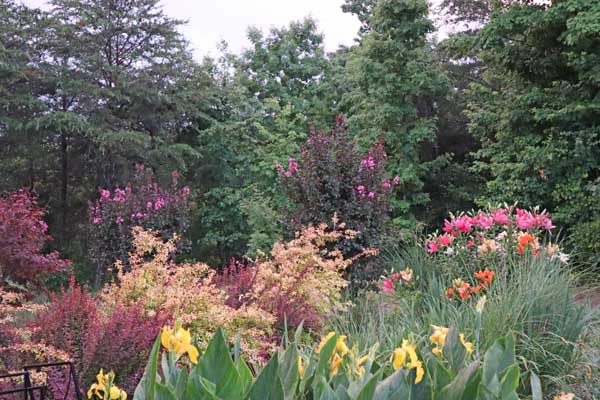
Looking back towards the house.
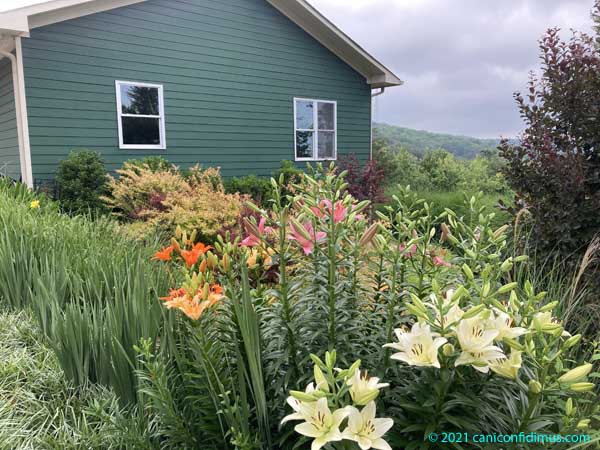
Here are some closer shots.
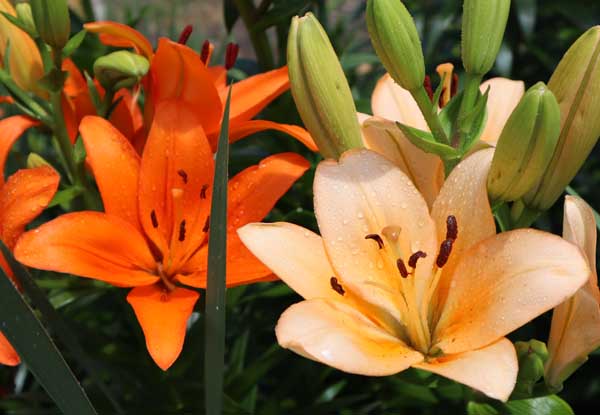
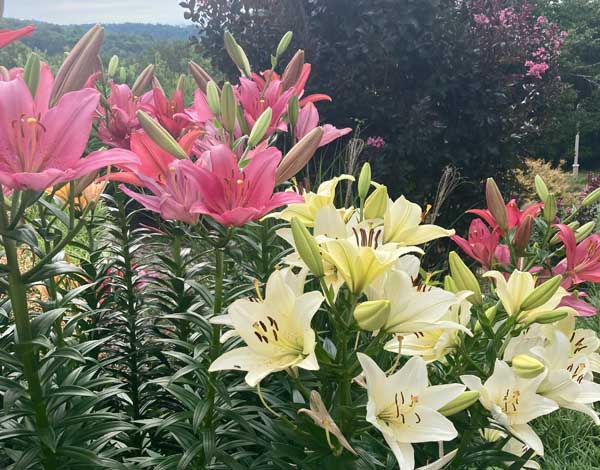
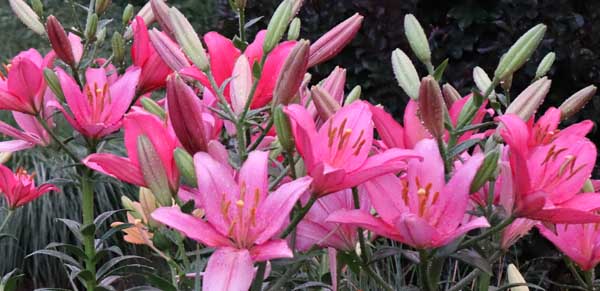
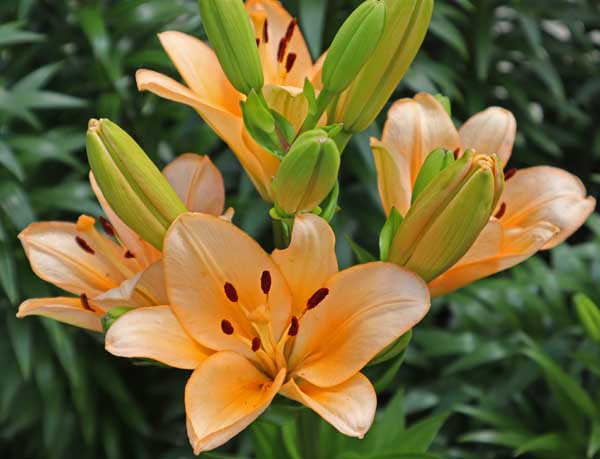
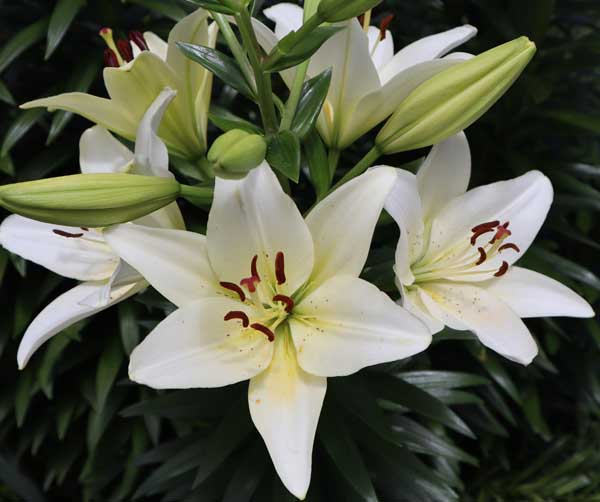
More recently we have had an invasion of Japanese beetles. This is the first year they have been a problem, at least above ground. I looked at our crape myrtles a few days ago and saw a few of them. I couldn’t reach the tops of the plants where the beetles like to do their business, so I sprayed some pesticide. It scared away a lot of beetles, but probably didn’t do any good. Yesterday I noticed them on the yellow flowers you can see in the foreground of the third photo above. I think the flowers are irises.
My preferred method of control is to get a container of hot, soapy water and drown them. They have a defense mechanism that makes that approach work reasonably well. When the beetles are disturbed, most of the time they simply drop from their perch. I place the container immediately beneath them, so they drop into the water. The detergent reduces the surface tension, so they sink and drown. Here is my first harvest.
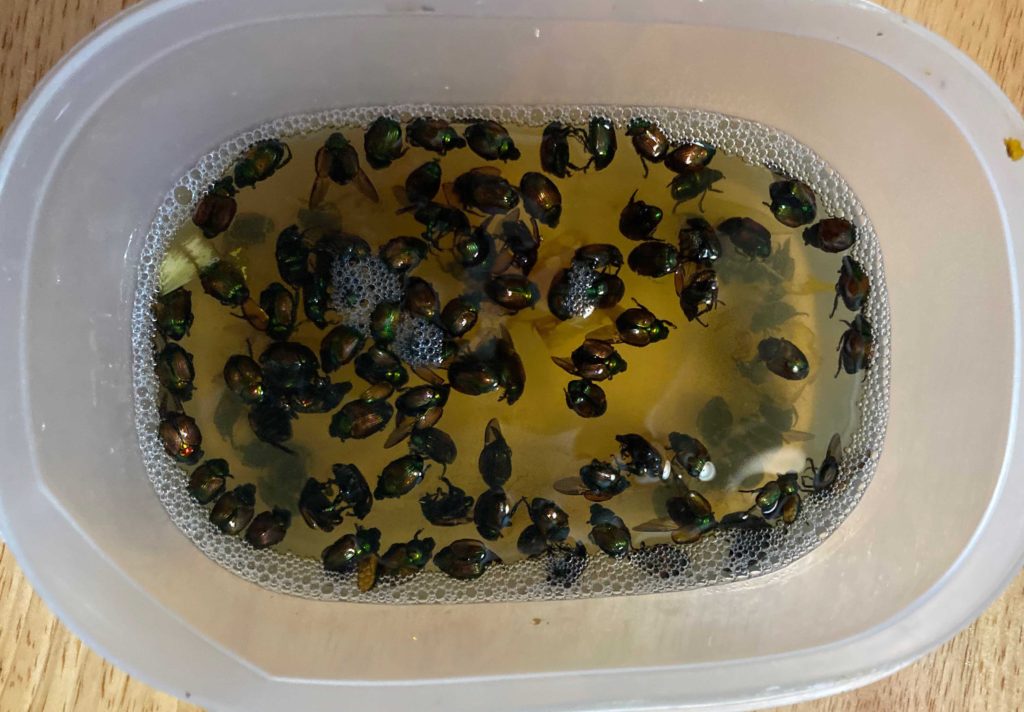
I didn’t count them, but I estimate more than 50 and probably less than 100.
On Sunday I found more. I got around 30 this time. I hope their numbers continue to decline. They are seriously destructive. The crape myrtle blooms that were visible in the first shot of the flowers are no longer visible; they have been eaten, along with a lot of the upper foliage. They have also eaten away a lot of the irises, and some of their foliage.
I surprised a lot of them in the throes of passion. That was particularly satisfying because of what the offspring do.
I was not aware that their larvae damage grass roots and can cause visible damage to the grass above ground. I have noticed a few places where my grass is not doing well. I don’t know whether Japanese beetles are responsible, but I spent enough time, money and effort on our front yard that I don’t intend to let the little bastards damage the grass. Traps for the adult beetles apparently cause more harm than good because they attract far more beetles than they trap. Biological warfare against the larvae seems to be an effective course of action, although it can take years to work well. I will probably get some of the bacteria that are used (a bacterium called Paenibacillus popilliae.) Then I will poison them.